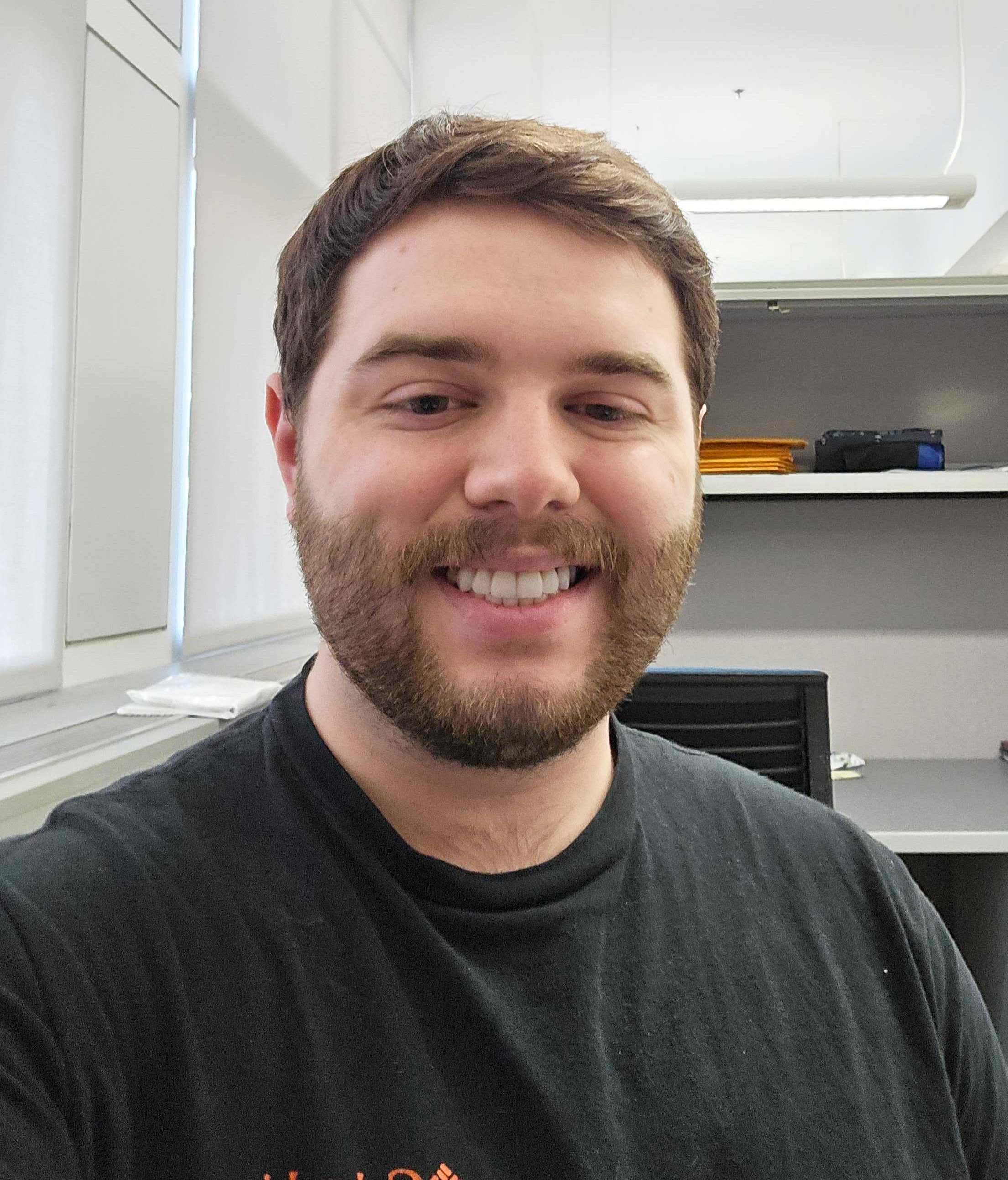Lab Members

ASSISTANT PROFESSOR
The Schock lab is interested in understanding how neural crest cells make cell fate decisions and developing disease models for craniofacial syndromes.
Hobbies: Dungeons and Dragons (and other ttrpgs), reading fantasy novels, embroidery, and all things Mario

STAFF SCIENTIST
Paul specializes in implementing CRISPR technologies in Xenopus with a goal of making patient-specific mutations for craniofacial syndromes.
Hobbies: Fishing, Magic the Gathering, and rewatching Lord of the Rings

LAB TECHNICIAN
Cole provides critical support for the lab and our animal colony. He is also helping to adapt single-base pair editing technologies for use in Xenopus.
Hobbies: Gardening and kayaking

UNDERGRADUATE RESEARCHER
Kaila is a Sophomore at UK majoring in Neuroscience and is on the pre-med track. Currently, Kaila is charactering the expression of understudied genes identified in patients with craniofacial phenotypes.
Hobbies: Long distance running and reading
